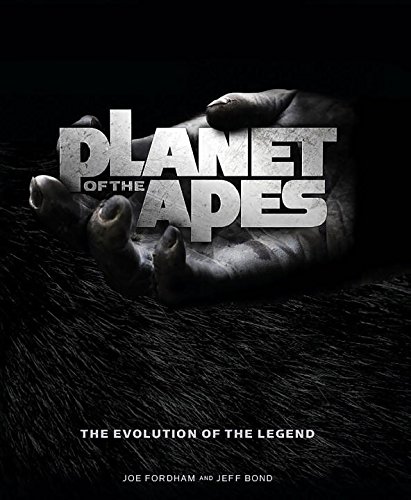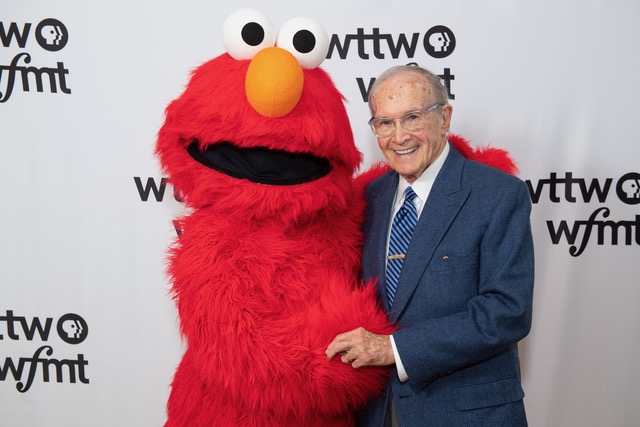When George Taylor (Charlton Heston) landed on a familiar
surface dominated by primates in 1968’s landmark “Planet of the Apes,” science
fiction and film in general changed forever. Seeing “Planet” at a young age had
such a remarkable impact on the way I view not just genre fiction but film in
general. The twist ending wasn’t just mind-blowing, it revealed to a young
viewer how film could serve as both entertainment and social commentary. And
repeated viewing revealed the layers of the same depth within the entire piece,
not just the revelatory finale. “Planet of the Apes” is proof that science
fiction—material often designed to present worlds we can’t imagine—works best
when it doesn’t merely offer a vision of the future but a commentary on the
present. It is the deep relatability within the film that allows it to resonate
to this day. As John Landis notes in the foreword to the excellent new coffee
table book “Planet of the Apes: The Evolution of a Legend,” what kid couldn’t
see himself in the captive George, ordered around by parents who they couldn’t
understand? And repeated viewings as one ages sees the deeper themes of social
structure and a defiled planet beneath the escapism. It is one of the few
franchises to last nearly a half-century (the third film in the reboot trilogy
will come out in 2016) and this book stands as a document of that remarkable
lasting power.
Spread over more than 250 detailed pages, “The Evolution of
a Legend” chronicles the entire history of the “Apes” phenomenon, from the book
to the first film to the sequels to the TV series to both reboots (yes, even
the Tim Burton dud gets some space). It is filled with amazing production
stills, behind-the-scenes details, interviews, and pictures of rare memorabilia
& marketing materials. For example, there’s an awesome poster that Fox released
when the first five films were playing on TV that mocks the U.S. Army poster by
replacing Uncle Sam with an ape who “Wants YOU to…GO APE!” Personally, I can’t
get enough of stuff like this—nostalgic recollections of how movies you know
and love were shaped into our pop culture. There’s nothing ignored. Even
hardcore fans may not remember the cartoon “Return to the Planet of the Apes”
but there’s a page of animated stills from it.
Naturally, most of the focus of the book is on the first
film’s legacy and the success of the reboots—“Rise of the Planet of the Apes”
and “Dawn of the Planet of the Apes.” With the latter just hitting Blu-ray and
the former still a hit on cable and other home markets, the “Apes” legacy has
arguably never been more profitable. And so a coffee table book for the holiday
season makes sense financially. However, authors Joe Fordham and Jeff Bond have
cut no corners. Yes, a lot of this archival material was previously available,
but it has never been collected and presented in such a complete manner. It’s
also not the kind of book to merely offer synopsis and sound bites on your
favorite films, as these tomes often do. There are chapters that go in-depth on
dozens of aspects of the filmmaking from the make-up to how music/score
impacted the “Apes” experience to, of course, the motion-capture brilliance of
Andy Serkis in the ‘10s films. This is not mere fan service. I’m always happy
when it feels like a fan base isn’t treated like a cash cow. There are people
who love “Planet of the Apes,” as I clearly do, to such an extent that they’d
put anything new on their holiday wishlist. “Evolution of a Legend” doesn’t take
advantage of that, offering a detailed history instead of a mere recap. It’s
one of the best movie books of the season.












